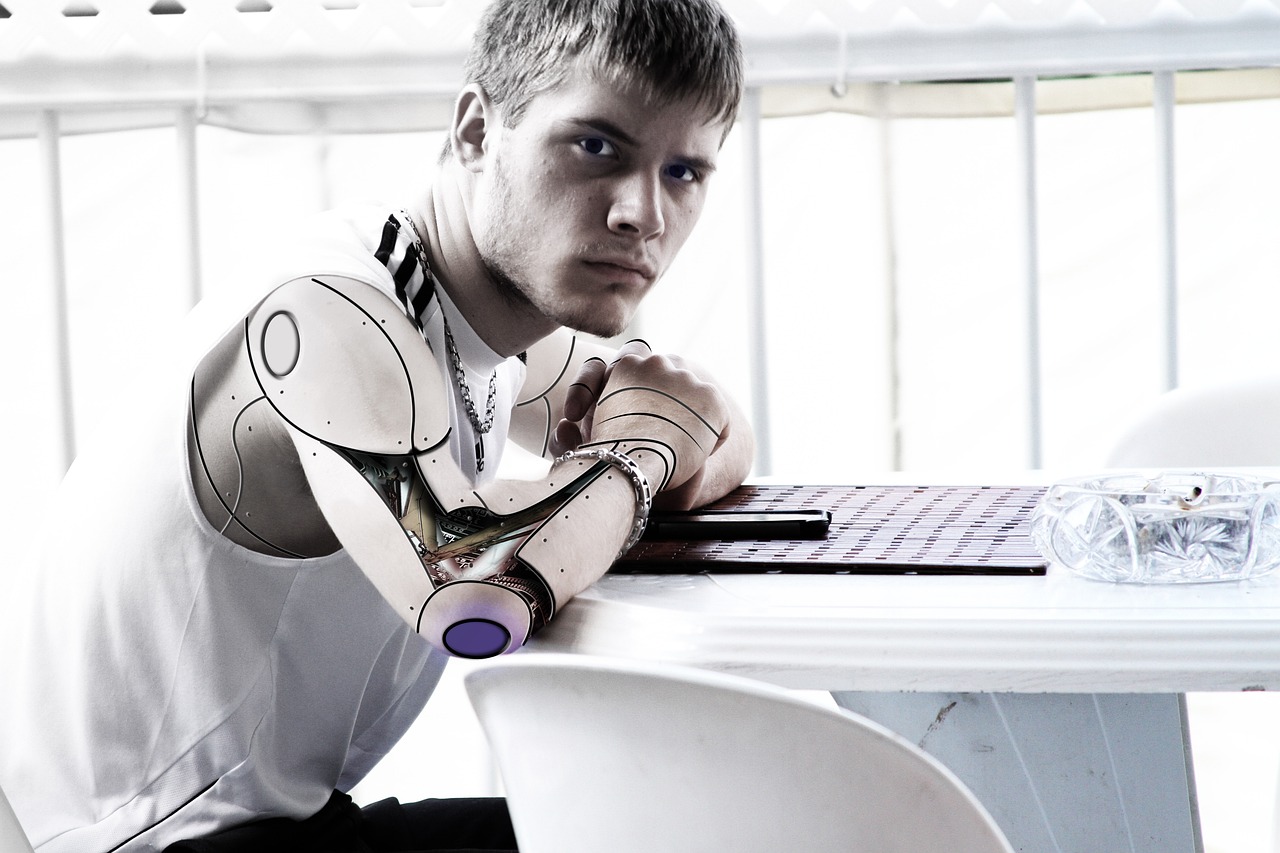Robot Controller vs. PLC: Understanding the Differences
Robot Controller vs. PLC: Understanding the DifferencesRobot controllers and PLCs (Programmable Logic Controllers) are both devices that play a crucial role in industrial automation. However, there are significant differences between these two systems that are important to understand.Firstly, robot controllers are designed to control the movements and operations of industrial robots. They are equipped with sophisticated algorithms and sensor technology to enable precise and efficient manipulation of objects. Robot controllers can also be programmed to perform a range of tasks, from simple repetitive actions to complex surgical procedures.PLC, on the other hand, are used to control and monitor a wide range of industrial processes and machines. They are typically simpler in design and easier to program compared to robot controllers. PLCs are often used in applications where there is a need for basic automation, such as in assembly lines or machine tool operations.Another key difference between these two systems is their programming interfaces. Robot controllers typically have more user-friendly and interactive programming interfaces that enable operators to easily program and modify tasks. PLCs, on the other hand, have more basic and often less user-friendly programming interfaces that require more technical knowledge to use.Overall, both robot controllers and PLCs have their own unique advantages and disadvantages that make them suitable for different industrial applications. Understanding these differences can help you choose the right system for your specific needs.
In the world of industrial automation, robot controllers and PLCs (Programmable Logic Controllers) play crucial roles. Both are used to manage and control complex systems, but there are significant differences between them. This article will explore the main differences between robot controllers and PLCs, helping you understand which one is right for your application.

What is a Robot Controller?
A robot controller is a specialized type of industrial controller designed to manage the operations of a robotic system. It receives input from various sensors and other devices, processes this information, and then sends control signals to the robot's actuators to perform specific tasks. Robot controllers are typically designed to handle complex tasks requiring precision and speed, such as assembly, welding, or machining operations.
What is a PLC?
A PLC (Programmable Logic Controller) is a general-purpose industrial controller that can be programmed to perform a wide range of tasks. PLCs are commonly used in industrial automation applications to control machines, processes, and systems. They are designed to handle simple or complex tasks, depending on the programming and application requirements.
Differences between Robot Controllers and PLCs
1、Task Complexity: Robot controllers are designed to handle complex tasks requiring precision and speed. They are typically used in applications where the robot needs to perform a specific task repeatedly, such as assembly or welding. On the other hand, PLCs are more general-purpose and can be programmed to perform a wide range of tasks, from simple on/off operations to complex process control.

2、Hardware and Software Architecture: Robot controllers and PLCs have different hardware and software architectures. Robot controllers typically have specialized hardware and software designed to handle the unique requirements of robotic systems, such as precise positioning and speed control. PLCs, on the other hand, are based on standard industrial computer architecture and use common programming languages and development tools.
3、Programming and Development: The programming and development process for robot controllers and PLCs also differs. Robot controllers typically require specialized programming knowledge and skills, as well as access to specific development tools and software libraries. PLCs, on the other hand, are typically easier to program and develop, requiring fewer specialized skills and resources.
4、Cost and Performance: Robot controllers and PLCs also differ in terms of cost and performance. Robot controllers are typically more expensive than PLCs due to their specialized hardware and software requirements. However, they also offer higher performance and precision in terms of robotic system operations. PLCs, on the other hand, are more cost-effective and offer good performance for a wide range of industrial automation applications.
In conclusion, robot controllers and PLCs each have their own unique advantages and disadvantages. They are both designed to manage and control complex systems, but there are significant differences between them in terms of task complexity, hardware and software architecture, programming and development, as well as cost and performance. When selecting the right controller for your industrial automation application, it is important to carefully consider these differences and determine which one offers the best solution for your specific needs.
Articles related to the knowledge points of this article:
PLC Programmable Controller Experimentation Device: Understanding and Operating the Equipment
The PLC Controller in Modern Combat Aircraft
PLC Controller 3D Model: Design and Application